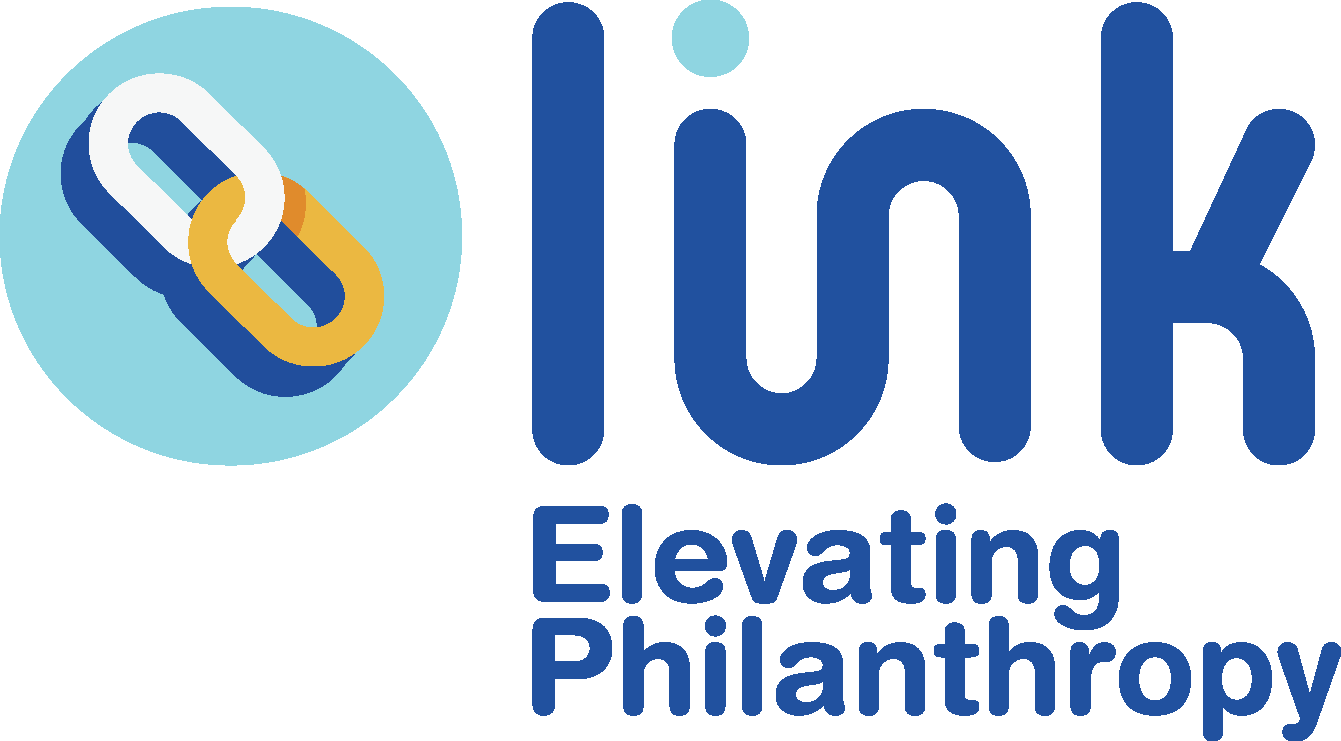3 Things to Consider Before Philanthropic Planning
You can easily start your philanthropic planning from home.
Making a commitment to share your success with others is an exciting decision. With the desire to give back, you’re joining the ranks of many charitable women like Melinda Gates, MacKenzie Scott, Oprah Winfrey, Beyoncé Knowles-Carter (who doesn’t want to be more like Beyoncé?!), and so many more.
But before getting started, there are some important considerations to make first. These should help align your philanthropic planning strategy with your greater values.
#1: Identify Your Cause
First and foremost, think about what causes really align with who you are and what you stand for. Where would you like to make the most impact?
If you’d like to get involved with the charity, selecting an organization that’s close to home can make that desire more doable. On the other hand, if you’re passionate about causes overseas, you won’t always have the opportunity to see the direct impact of your donation.
Still thinking it over? That’s okay! It can be overwhelming to pick a cause that speaks to you. Take your time when deciding.
Once you have a couple of organizations in mind, remember to do your research. Sites like Charity Navigator offer in-depth reports on nearly every non-profit operating today. Learn how donations are being spent, what key employees are being paid, how much they’re spending, and more. Reputable organizations will always be transparent about how much they receive and where it’s going.
While tax benefits are not the top motivation for giving, make sure you’re incorporating organizations that are recognized as non-profits by the IRS.
#2: Type of Donation
While writing a check is great, there are many types of donations to consider including in your philanthropic planning. Once you’ve decided what type of charity or cause you’re interested in supporting, you may find it helpful to give assets other than cash.
Real Property: Say there’s family land that’s sat vacant for years or a vacation home that doesn’t get much use. Depending on the charity’s needs, a real property donation could be a huge help. Imagine how many different ways they could use it—new headquarters, a satellite office, additional housing, an event space, the list goes on and on.
Gifts in kind items: Gifts in kind such as school uniforms, musical instruments, or books—every philanthropic organization has a wish list. Sometimes the most valuable thing you can give isn’t necessarily the most expensive, it’s what a charity is in need of the most at the time.
Legacy Gifts: If you’d prefer to give charitably after your passing, it’s entirely possible to name a non-profit organization as the beneficiary of your will or your life insurance policy.
Appreciating assets: Donating non-cash assets like bonds, stocks, and mutual funds can provide a tax benefit. If you choose to gift non-cash assets, consider using a donor-advised fund (DAF) to help manage and distribute the assets.
#3: Timing Your Gifting
Do you envision giving a one-time gift, maybe after your passing or in honor of a loved one? Or would you like to incorporate philanthropic planning into your ongoing financial strategy? While any donation is appreciated, many organizations rely on expected annual donations as well as legacy gifts or endowments.
If you’d enjoy being more hands-on with a charity, gifting during your lifetime is a rewarding endeavor. For others, their philanthropic planning is all about leaving a legacy after their passing. Deciding on the right time to give should dictate the rest of your charitable giving strategy.
Next Steps
Charitable organizations depend on the kindness of others. As you start your planning efforts, take some time to reflect on questions like:
What impact do I want to make?
Who will I donate to?
What type of donation will be most effective?
When is the best time to donate?
If you’re in the beginning stages of planning your legacy, don’t hesitate to reach out. We’d be happy to help answer your questions and get started on building a philanthropic plan that’s reflective of your values and goals.


